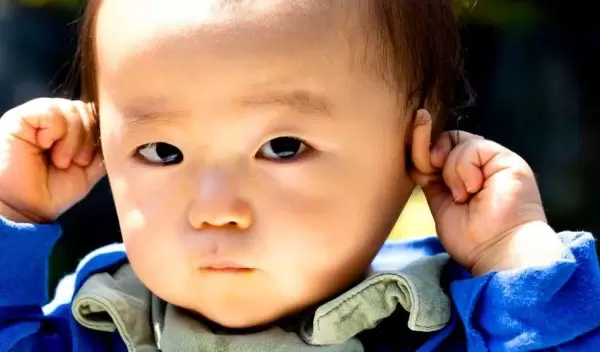
How can infants learn about sounds in their native language?
Infants can differentiate most sounds soon after birth, and over the following months, they become language-specific listeners. But researchers are still trying to understand how babies recognize "contrastive" sounds, a linguistics term that describes differences between speech sounds that can change meaning. For example, changing the "b" sound in "ball" to a "d" sound makes the word "doll."
A recent paper in Proceedings of the National Academy of Sciences by lead author Kasia Hitczenko and co-author Naomi Feldman, computational linguists affiliated with the University of Maryland, offers new insight on this topic, which is essential to a better understanding of how infants learn the sounds of their native language or languages. The research was supported by two grants from the U.S. National Science Foundation.
Contrastive sounds in a language are usually not as different from each other in natural settings as they are in carefully controlled experiments. Hitczenko and Feldman's results show that an infant's ability to interpret acoustic differences as either contrastive or noncontrastive may come from the contexts in which they hear different sounds.
The research shows that babies can differentiate sounds based on context clues, such as neighboring sounds. The scientists tested their theory in case studies with two different definitions of context, comparing data on Japanese, Dutch and French.
Feldman says, "We believe this work presents a compelling account of how infants learn the speech contrasts of their language and shows that the necessary signal is present in naturalistic speech, advancing our understanding of early language learning."
